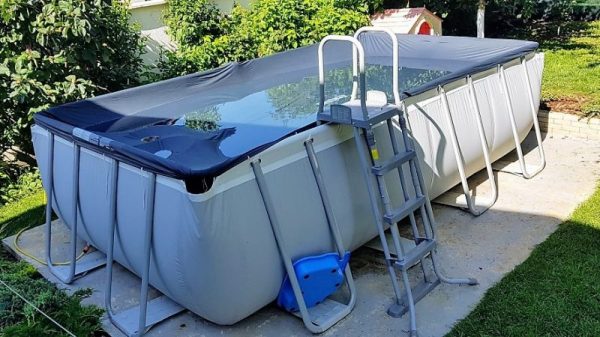The price of commercially made solar panels on eBay is around $1 per watt and have been for a few years, but the price of individual solar cells are likewise at a low price per watt, around $0.48. Looking at those prices, it’s tempting to say that it’d be cheaper to just buy the solar cells and put together your own panels. But is it? Simply adding up all the costs might seem like a good way to tell, but you’d need to make a panel to really see what works and what doesn’t.
| Part | US$ | Euros € |
|---|---|---|
| solar cells | 53 | 45 |
| aluminum U-channel | 20 | 17 |
| plexiglass | 43 | 37 |
| adhesive | 8 | 7 |
| clear epoxy resin | 40 | 34 |
| Total | $164 | 140€ |
And so [GreatScott] did just that, with his own side-by-side comparison. He made a 100-watt solar panel and mounted it on his roof beside his commercially produced 100-watt one and compared their output.
The cost of his DIY panel rose quickly. To make a somewhat comparable panel he needed to buy aluminum U-channels, clear epoxy resin, and more. Shown here is the breakdown of his costs.
His commercial 100 watt solar panel would cost him $103 today (87.90€). Compare that to his $164 DIY panel. Also, his DIY one likely won’t weather as well as the commercial one and may not handle high temperatures as well either. You can see the results of his testing in the video below, along with all his construction steps.
Another component open to DIYers in a solar system is the charge controller which takes the solar panel’s output and uses it to charge the battery, with added features like MPPT. Check out this DIY charge controller with MPPT and WiFi for data logging.





















